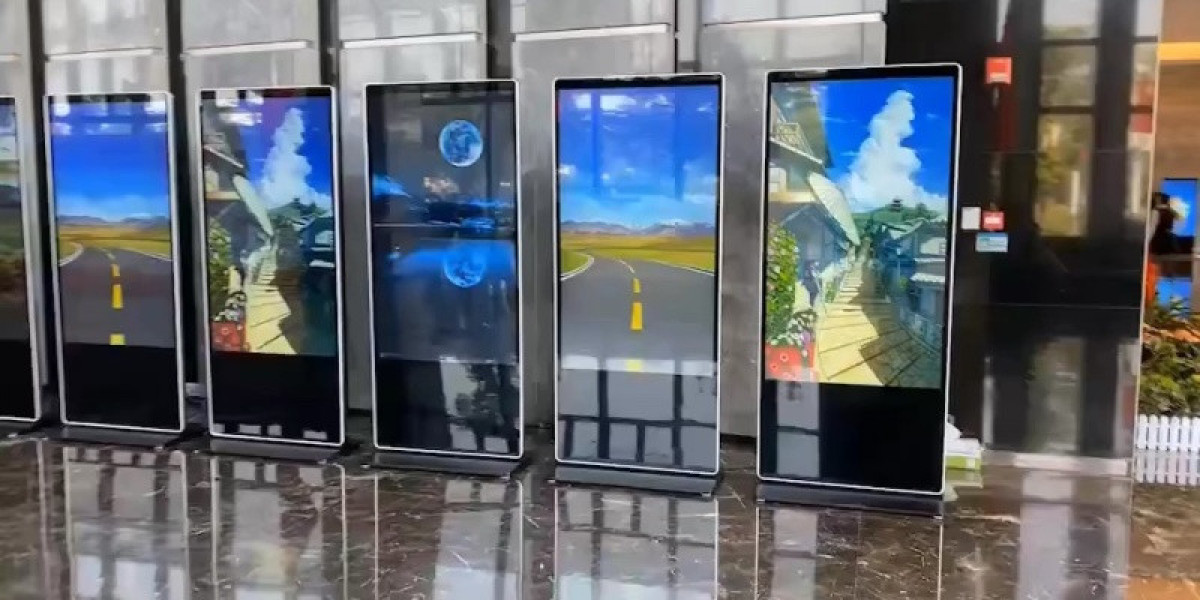In the world of visual communication, businesses have a multitude of options for displaying content and engaging audiences. Two popular choices are digital standee displays and video wall solutions. But which is the best fit for your needs? Let’s explore the differences between these two display methods to help you make an informed decision.
Digital Standee Displays: The Basics
Digital standee displays, also known as digital signage, are standalone screens that display multimedia content such as images, videos, and text. These displays are typically mounted on a stand or placed on a tabletop and are commonly used in retail stores, restaurants, hotels, and corporate environments.
Advantages of Digital Standee Displays:
Space-Saving: Digital standee displays are compact and take up minimal floor space, making them ideal for smaller environments or areas with limited space.
Versatility: These displays can be easily moved and repositioned, allowing for flexible placement and easy updates to content.
Cost-Effective: Digital standee displays are often more affordable than larger video wall solutions, making them a budget-friendly option for businesses.
Disadvantages of Digital Standee Displays:
Limited Size: Digital standee displays are available in a range of sizes, but they are typically smaller than video walls, limiting the impact of the content.
Less Impactful: Due to their smaller size, digital standee displays may not be as attention-grabbing as larger video walls, especially in high-traffic areas.
Video Wall Solutions: The Basics
Video wall solutions consist of multiple screens tiled together to create a larger display. These displays can range from a few screens to dozens of panels, creating a seamless canvas for displaying content. Video walls are commonly used in retail stores, airports, control rooms, event venues, and corporate environments.
Advantages of Video Wall Solutions:
High Impact: Video walls create a stunning visual impact, making them ideal for attracting attention in busy environments and engaging large audiences.
Scalability: Video walls can be customized to fit any space and can scale from small configurations to large, expansive displays.
Flexibility: Video walls offer the flexibility to display a wide range of content, from static images and videos to dynamic, interactive content.
Disadvantages of Video Wall Solutions:
Cost: Video wall solutions are typically more expensive than digital standee displays, requiring an investment in hardware, installation, and content creation.
Space Requirements: Video walls require more space than digital standee displays, making them less suitable for smaller environments or areas with limited space.
Choosing the Right Solution for Your Needs
When deciding between digital standee displays and video wall solutions, consider factors such as your budget, space requirements, and the impact you want to achieve with your display.
Digital Standee Displays are a cost-effective and versatile option for businesses looking to display content in smaller environments or areas with limited space. They are ideal for businesses with a smaller budget or those looking for a portable and flexible display solution.
Video Wall Solutions offer a high-impact and scalable solution for businesses looking to create a stunning visual experience. They are ideal for businesses looking to attract attention in high-traffic areas or engage large audiences with dynamic and interactive content.
No matter which option you choose, both digital standee displays and video wall solutions can help you effectively communicate with your audience and achieve your business goals.
Conclusion
Whether you choose digital standee displays or video wall solutions, the key is to select the option that best fits your budget, space requirements, and desired impact. By understanding the differences between these two display methods, you can make an informed decision and select the solution that will help you achieve your business objectives.






